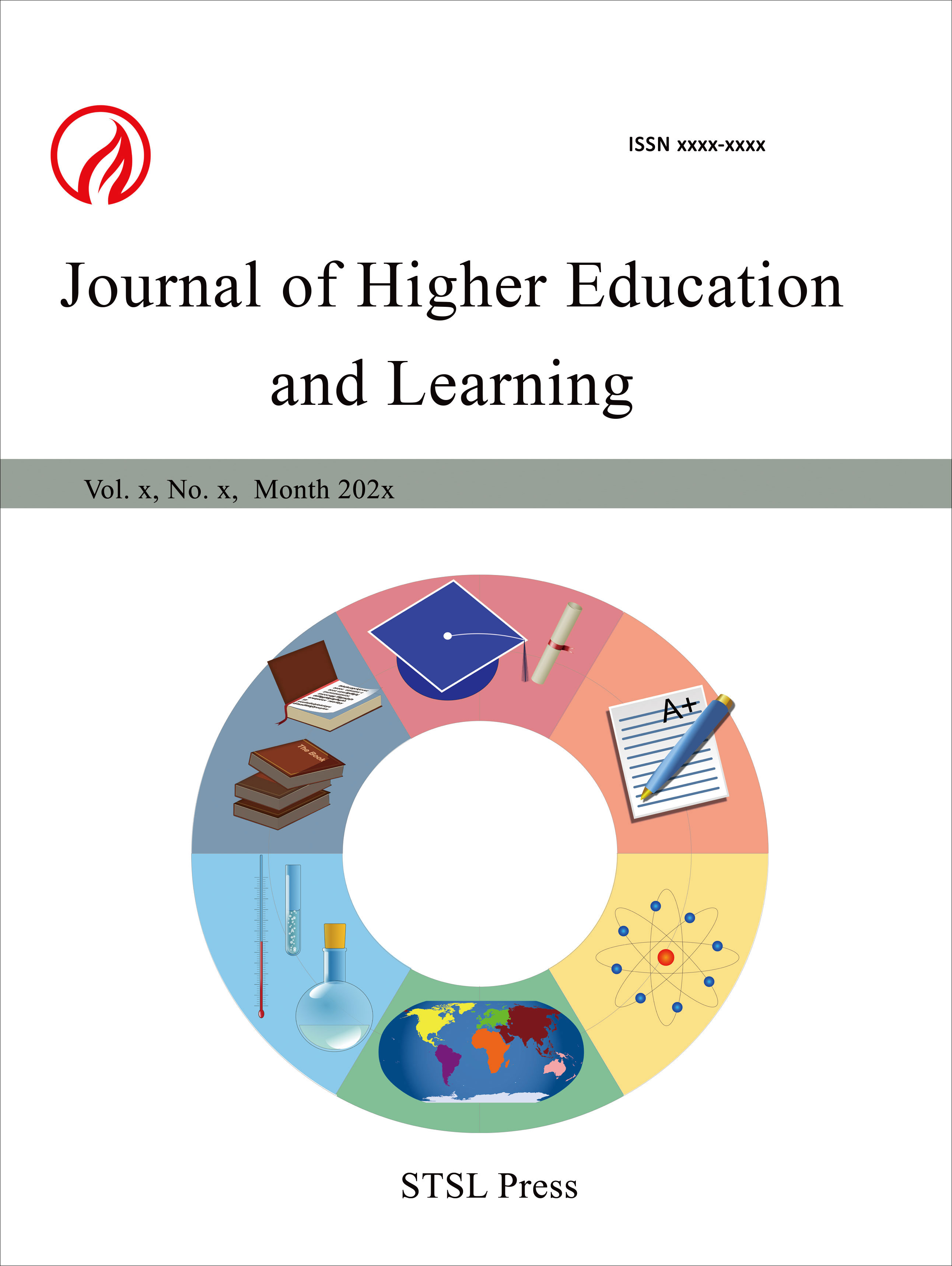Using the Creative Thinking Development Module for Learning Activity Management of Secondary School Teachers for the Enhancement of the Doctor of Philosophy Program
Prahama Phisit Visiṭṭapañño/Suebnisai
Dr., Associate Professor Dr. Chalard Chantarasombat
Professor Dr. Narin Sungrugsa
Abstract
The purposes of this study were to 1) study factors of learning Thai management for enhancing critical thinking of students in schools under the Office of Basic Education Commission, 2) study current contexts and desirable situations, 3) create a teacher leader development program, 4) develop an effective leader development program, 5) evaluate the quality of the developed program, 6) compare the learning achievement scores, 7) study the learning retention of students, and 8) study the students’ satisfaction with learning through the developed program. Samples consisted of 14 doctoral degree students. Instruments included the developed program, a manual program by Google Classroom, quality evaluation, achievement test, post-operation record form, and questionnaire. Statistics used were percentage, mean, standard deviation, effectiveness index, and t-test. The results were: 1) the elements of the developed program included 10 elements. 2) The overall current context analysis was found at the highest level. 3) The developed program of learning activity management of leader teachers had 8 modules, including: (3.1) a survey of prior experience, (3.2) collaboration in planning, (3.3) the development of a creative teacher conception, (3.4) the application of a thinking approach, (3.5) practice in the classroom, (3.6) supervision, follow-up, and evaluation, (3.7) feedback and reinforcement, and (3.8) a seminar for enhancing strength outcomes for AAR. 4) The efficiency and effectiveness of the program were: 1) the efficiency of 91.52 (E1) /83.81 (E2) was higher than the committed 80/80 standard, 2) the congruence of utility, possibility, and appropriateness was at the highest level ( = 4.79, SD = 0.22), 3) the effectiveness index was 0.6742 which meant students gained more knowledge of 67.42%, 4) the students had significantly higher learning achievement after learning at the level of 0.01, 5) there was no significant differences of learning achievement between after learning and after learning for two weeks, 6) the students had satisfaction on the developed program in the highest level ( = 4.95, SD = 0.00), and 7) students had outcome enhancement strengths for AAR, they have higher skills as follows: 1) online learning by Google Classroom, 2) presentation by PowerPoint, 3) criticism and sharing of knowledge, 3) acquiring knowledge, skills in seeking knowledge crystallized.
Paper:
pdf
DOI:
https://doi.org/10.71002/jhel.v2n2p7
 This work is licensed under a
Creative Commons Attribution 4.0 License.
This work is licensed under a
Creative Commons Attribution 4.0 License.
Contact us
- Dane Butcher
- jhel@stslpress.org
